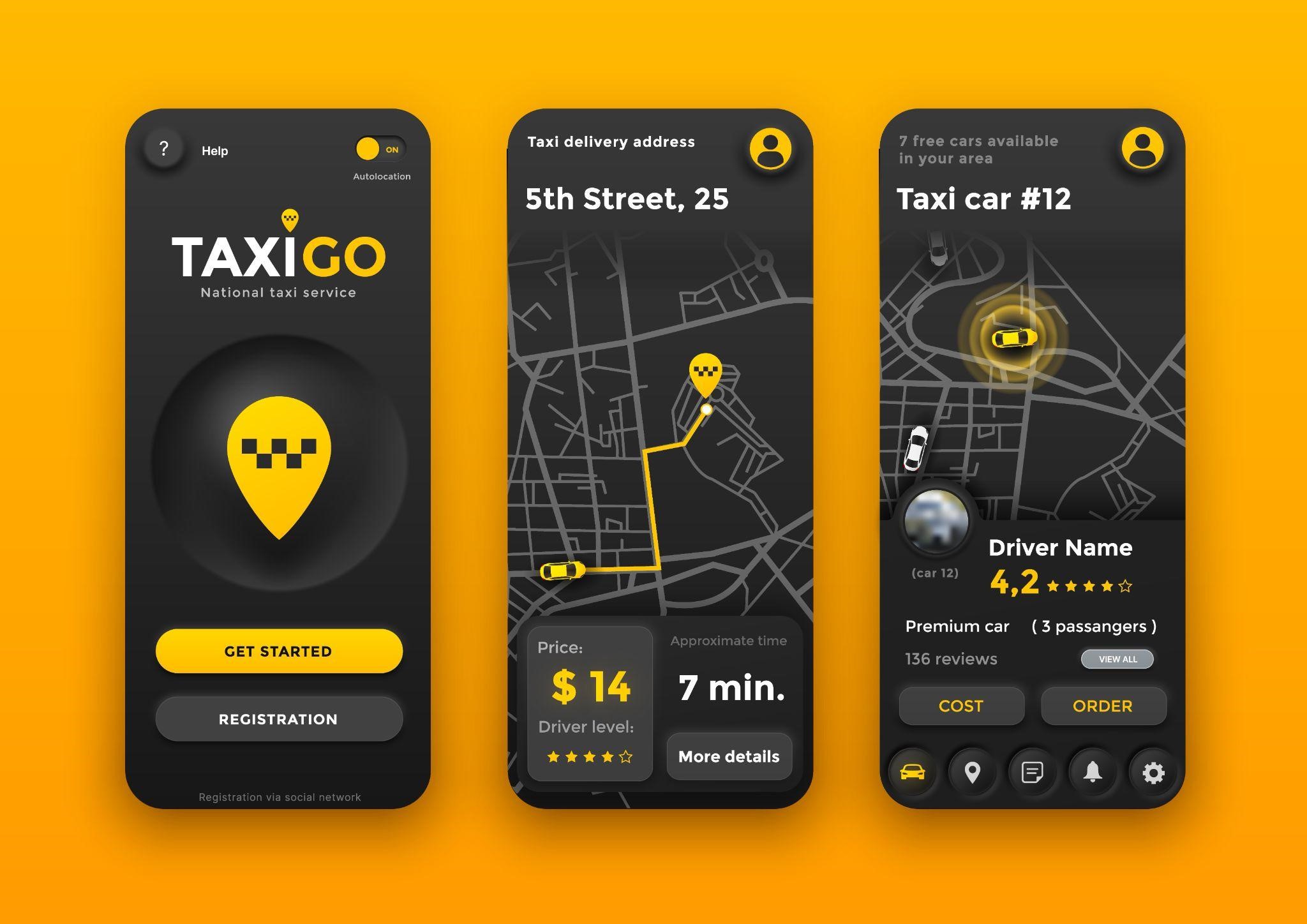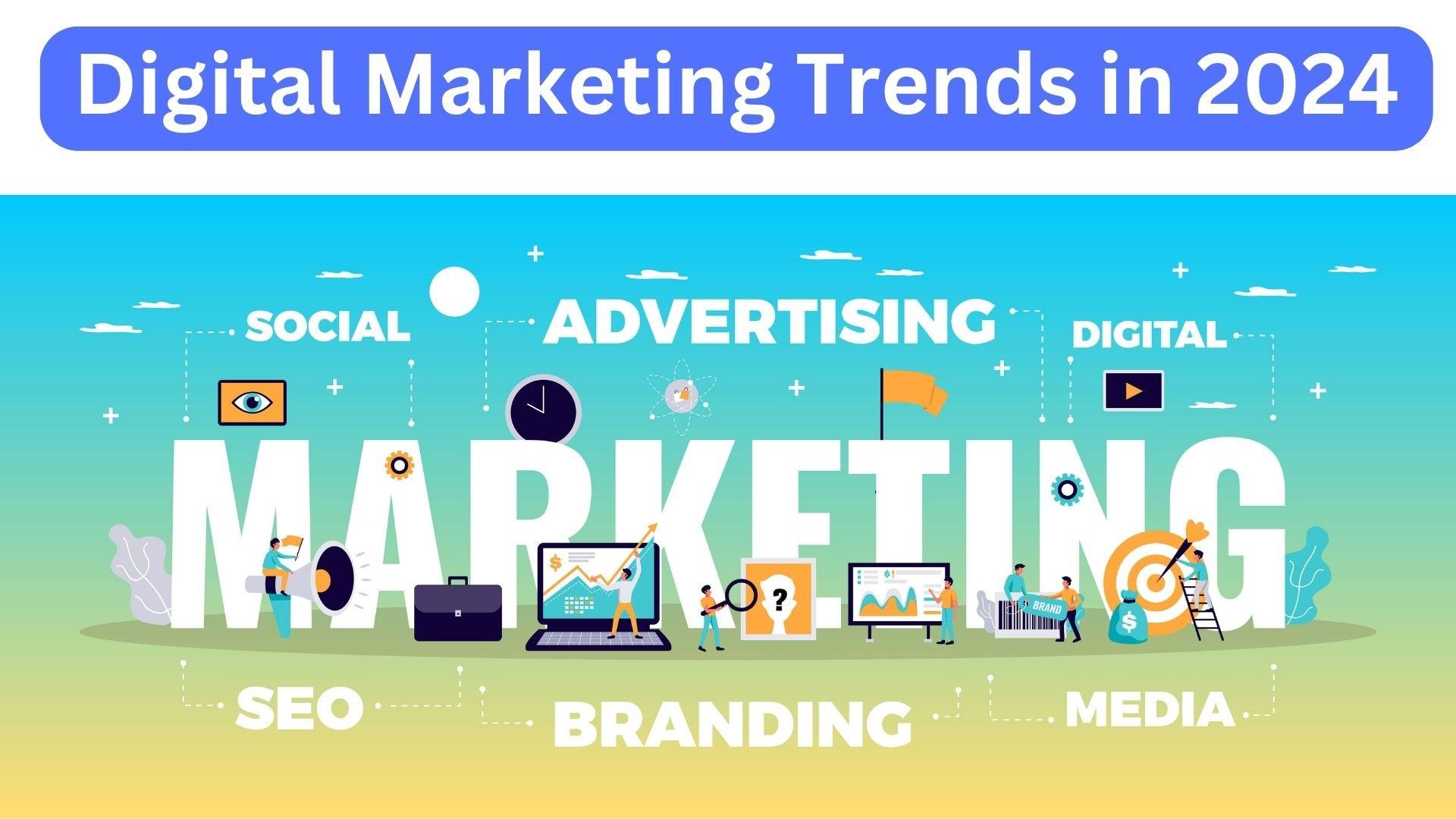Website design has come a long way ever since the first website was invented in 1991.
With over a million live websites on the internet today. It is no surprise that websites have taken over the digital industry like a storm.
Did you know?
- According to Statista, there are about 1.62 live websites on the internet which is 60% of the world population.
- 56% of people make a purchase decision if the business has a website.
The importance of websites keeps on increasing day by day. There is no denying the fact that in order to sustain themselves in the competitive market, businesses need a website to showcase their products/services to improve their online presence.
However, there are still some small and medium-sized Business Owners who feel websites are expensive and are only for large organizations.
Still haven’t leveraged the benefits of the website. Here in this blog, we have brought you complete information about the website and why it is important.
Before we delve into the topic, let us know a bit of basic.
What is Website Design?
Website Design is the process of planning, conception, and arranging the content online so that it can be accessed by audiences worldwide. Combination of aesthetics and functional elements, web design can determine the look of your website such as design, font, color, image, user experience, etc.
However, today more than you think websites are more than just online representations of your business, it is an essential tool that conveys your company message and your expertise to your audience.
It is a strategic process that, when properly executed, combines those elements into a website that serves as the face of your company and connects you to your target audience.
The goal of website design:
Designing a website can pursue different goals. Here are some of the purposes of designing a website.
- – Showcase your products/services
- – Advertise your brand
- – Promote your products/services
- – Improve online presence
- – Build trust
- – Express & enhance the brand personality
- – Convey your brand message
- – Raise Awareness.

Types of Website Designing:
There are three types of websites/designs,
- Static Website Design
- Dynamic Website Design
- E-commerce Website Design
1. Static Website Design:
Static website design is an HTML and CSS template with fixed content. Each visitor is presented with the same information unless the content is manually edited. Despite its lack of dynamic effects, it is quite a popular option for many businesses. A static website design entirely focuses on the content of the website. Thus, it doesn’t distract users from their goals.
This type of website design occupies a leading position in certain fields, thereby carving a niche for itself. For instance, it is used to bring to life marketing or advertising campaigns quickly. It is also used by individuals for their portfolios or small startups that want to introduce themselves to the online crowd or evaluate the market for a new product.
Advantage of Static Website Design:
- Static websites take very less time to develop since it is designed only using HTML and CSS.
- The Cost of development is less.
- Static websites are more secure.
- Static websites load faster therefore it makes it easier for SEO.
- Static websites are easier to restore from any crash or DDoS attack by simply redeploying the code.
A Disadvantage of Static Website Design:
- Since it is developed on HTML and CSS it requires expert guidance to modify the website.
- It can be difficult and time-consuming to update a static website, especially a website with large content.
- It is not possible to create interaction and a good user experience.
- It’s hard to upgrade your static website once a static structure has been established.
- Content on the static website may end up stagnant because of the effort to update the content.
Dynamic Website Design:
Unlike a static website where content remains the same and can’t be changed, a dynamic website is quite opposite of a static website as the name suggest the content in the dynamic website can according anytime as per the needs of the user.
Dynamic websites are loaded with various micro-interaction such as animation, hover effects, mouse trails, menus, swipe-able sliders, etc. to ensure a delightful experience for the user.
Although dynamic websites are incorporated with many bells and whistles, it doesn’t mean it’s hard to develop. With a basic understanding of website operation and tools, you can quickly develop a stylish dynamic website without any coding and scripts.
Advantages of Dynamic Website Design:
- Content in the website can be changed easily without any help from skilled developers.
- Multiple users are allowed to adjust the content.
- Allows adding additional pages.
- Development cost is economically based on the requirement.
- Dynamic websites are more likely to attract customers.
- Display content based on user requirements.
Disadvantages of Dynamic Website Design:
- A dynamic website can cost more to make than a static website because it requires developing a site foundation, connecting databases, and adding other features.
- When displaying content on a dynamic website, design and layout issues can arise.
E-commerce Website Design:
Ecommerce websites allow users to shop for and purchase products or services online. Amazon, Flipkart, and other retailers that sell products through an online store are great examples of e-commerce sites. These websites make it easy to drop items in your cart and checkout using your credit card, a payment service like PayPal, or an e-commerce platform like Shopify.
Ecommerce website design
Different types of website design call for different elements. When building an e-commerce website, you’ll need a shopping cart component that allows users to add and remove products and also lets you set omg darkmarket pricing, offer deals, and establish discounts. You need a payment gateway so users can complete their transactions.
As you approach your e-commerce website design, it’s important to think about how your visitors will interact with your site. Chances are, you’ll want to offer discounts and promotions in the future, so build that functionality into your site from the beginning.
Ensure that customers can find what they need in the least amount of clicks. By categorizing the products in your e-commerce store, you can streamline shopping. Including a robust search feature is also a nice touch.
Don’t forget about product photos. Almost all websites rely on good photography, but your e-commerce site’s photos can make or break your sales. Showcase your current deals as high up on the homepage as possible to ensure trust in your brand.
Conclusion
Hopefully, this blog might have helped you understand the essentials of website design.
Here are a few tips to design your website with more exciting aesthetics and functionalities:
Keep your website clean and neat: User experience should be the first and foremost thing that you should prioritize while designing a website. As your user will ultimately be your final judge to determine whether your website is worth visiting or not.
Choose the right website builder: Before you delve in, ask yourself what’s your purpose of designing the website? What are all the functionalities your website needs? And choose the right website builder that will meet your requirement.
Balancing visual elements: Maintaining a balance between your text, graphics, multimedia, and color scheme is critical to prevent an overstimulating website that detracts from the message.
We have come to the end of the ride, if you like to know more about website design check out our latest post.
 " alt="">
" alt="">










